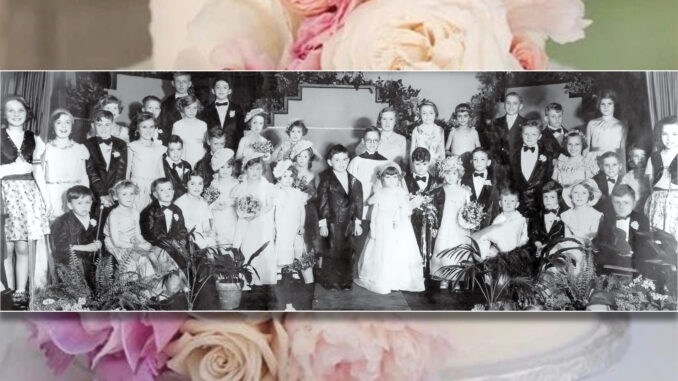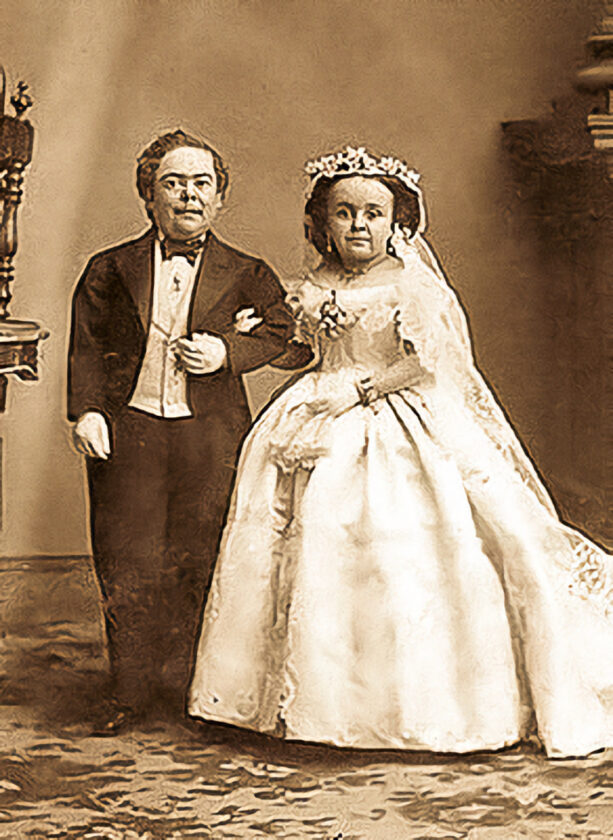
PASCACK VALLEY—A century ago, a popular fundraiser for schools and churches was the Tom Thumb Wedding.
Gen. Tom Thumb was the stage name of Charles Stratton (1838–1883). Standing a little over 3 feet tall, Stratton attained international superstardom and amassed wealth working as a performer for circus man P.T. Barnum.
On Feb. 10, 1863 Stratton married another performer, Lavinia Warren, who stood 2 feet, 8 inches. The wedding of the two circus stars received an unprecedented amount of media coverage, both leading up to the big day and afterwards (not unlike today’s celebrity weddings).
At a time when the nation was being battered by the Civil War, these unique nuptials were just the type of distraction the American public craved. Stratton and Warren were wed at Grace Church in Manhattan, followed by a reception at the Metropolitan Hotel, during which the couple greeted their 2,000 guests while standing atop a grand piano.
After the wedding, President Abraham Lincoln received the newlyweds at the White House.

Within a few years of Stratton and Warren tying the knot to great fanfare, a new phenomenon took hold in America: the Tom Thumb Wedding. These were stage performances in which young children would replicate the 1863 ceremony, play acting the parts of the bride, groom, officiant, bridesmaids, groomsmen, parents, grandparents, and guests.
They would don miniature versions of grownup wedding attire and formalwear, and boys who were playing fathers and grandfathers would often wear stick-on mustaches and beards.
These performances raised money for churches and schools all over the country from the late 19th century through the first half of the 20th century.
In the Pascack Valley, we have records of Tom Thumb Weddings held in Emerson, Hillsdale, Montvale, Park Ridge, River Vale, and Westwood. These community events involved up to 100 children and peaked in popularity during the 1920s and 1930s.
